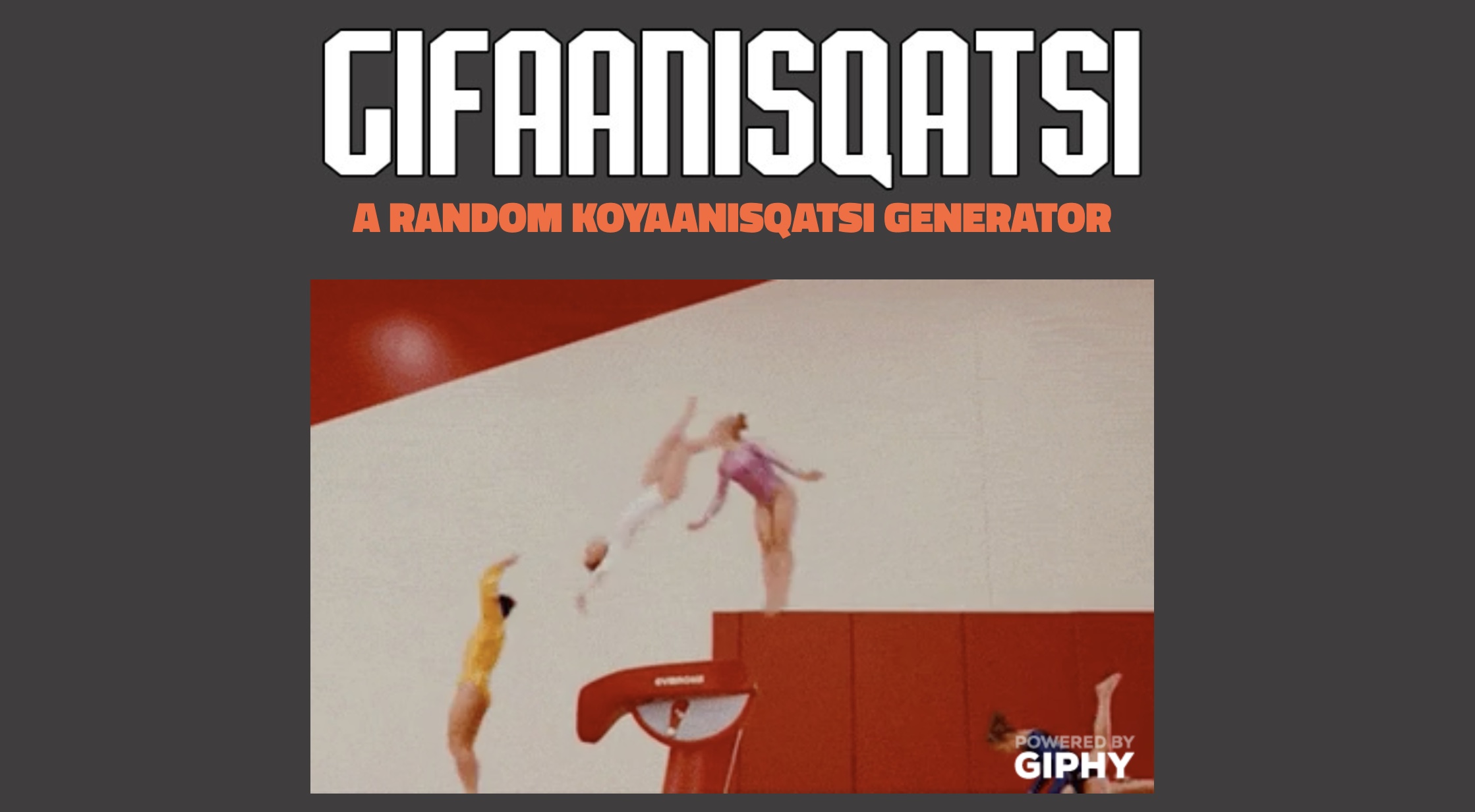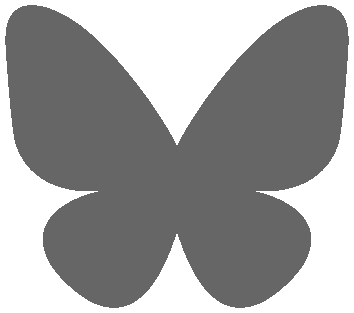
Gifaanisqatsi verbindet GIFs von Giphy im Koyaanisqatsi-Stil zu einem Film, zu dem Philip Glass‘ Score aus Koyaanisqatsi gespielt wird und das zeigt irgendwie ganz wunderbar die Trivialität unseres Seins. Ganz schön großartig.
Koyaanisqatsi is a 1983 wordless documentary primarily made up of slow motion and time-lapse footage. If you haven’t seen it, you can watch the trailer here.
I wondered how easy it would be to make an internet version using random Giphy ‚gifs‘ which have been tagged as slow motion or time-lapse, playing them along with the Philip Glass soundtrack.
(As with any random thing, there is a chance some dodgy content may get through. I have used Giphy’s PG-13 setting and it seems okay, but click on a video and it will tell you an id – send me this and I’ll block anything iffy. Also note that this may not work on phones, especially iPhones, as they can be weird about multiple videos, and it’s quite heavy on your processor and bandwidth.)
(via BoingBoing)



 (@luke_penry.exr)
(@luke_penry.exr)
